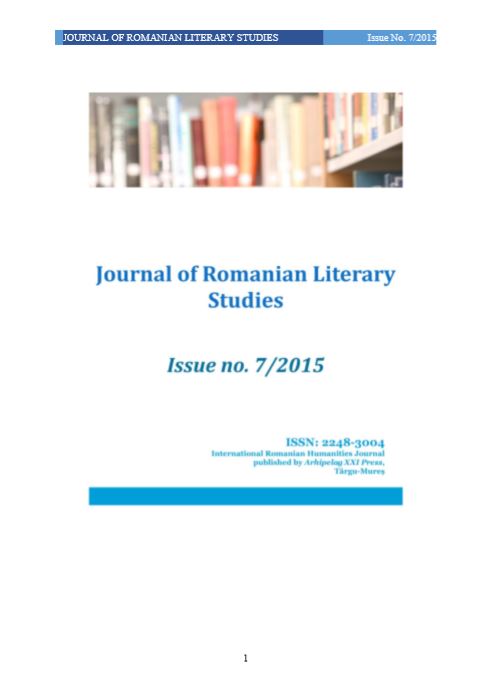EIGHTEEN CENTURY ECCLESIASTICAL ARCHITECTURE IN TÂRGU MUREȘ, A SYMBOLIC BRIDGE OF CONNECTION WITH EUROPE
EIGHTEEN CENTURY ECCLESIASTICAL ARCHITECTURE IN TÂRGU MUREȘ, A SYMBOLIC BRIDGE OF CONNECTION WITH EUROPE
Author(s): Cristiana PuniSubject(s): Language and Literature Studies, Literary Texts
Published by: Editura Arhipelag XXI
Keywords: Tîrgu Mureș; Baroque; cultural models; ecclesiastical architecture; artistic influences
Summary/Abstract: Given the fact that one of the objectives of history is to study the context, forms, causes and effects of how a historical era has left its mark on the next one, the mechanism of artistic and cultural transfer in different historical periods and geographical areas represents a topic of great importance in the current century. The cultural models crossed centuries, but in particular countries and continents. The impact of a historical period can be seen by the very popularity in which is perceived by ages. We take into consideration a phenomenon in the area of interest of the theme, namely Transylvania under the suzerainty of the House of Habsburg, a province that was a long time a space of confluence of European civilization, in its various aspects. The Habsburg Empire now expands to the East, imposing its own administration. We can see a deep attention that the Viennese Court attaches to cultural and artistic infusion. The program followed was represented by the Baroque style because it had a unique way of rendering sacred mysteries so that every Christian can understand the theological doctrine. Our research is based on finding the connection between the ecclesiastical architecture from Tîrgu Mureș and the ones from Europe built up in the Baroque era, being a time of artistic blooming in the up mentioned city. The eighteenth century also brought in the heritage of Tîrgu Mureș, a church for every Christian: Roman Catholic, Greek Catholic, Orthodox and Reformed, all built under the influence of Baroque. The existence of a barrier-free Europe where borders were only a natural element, gave the city of Tîrgu Mureș the opportunity to acquire a valuable cultural heritage, included in the universal art. One can speak, therefore, of a Universalist style, of a Baroque Empire which reaches a vast territory. This style reflects in a pure manner the well-established link between West and Central Europe and the city we have in attention, Tîrgu Mureș. We manage to salvage the baroque heritage from Tîrgu Mureș, showing its impressive similarities with churches like the Jesuit Church from Vienna, the one from Trnava.
Journal: Journal of Romanian Literary Studies
- Issue Year: 2015
- Issue No: 07
- Page Range: 573-583
- Page Count: 11
- Language: Romanian

